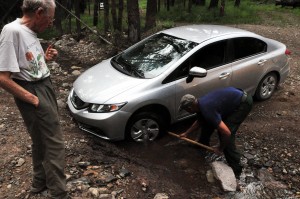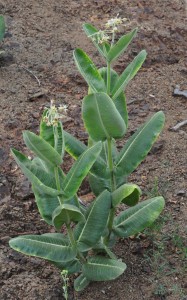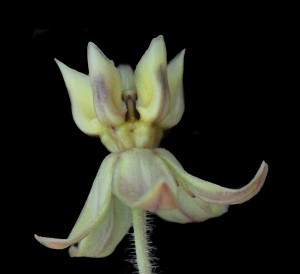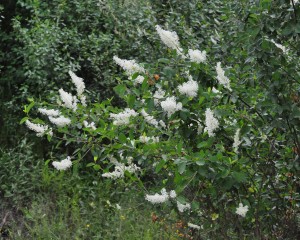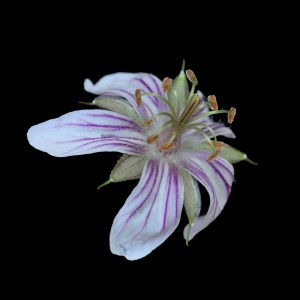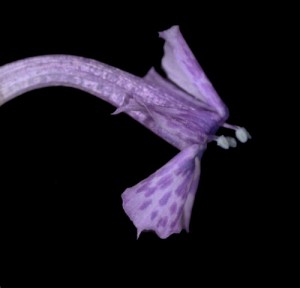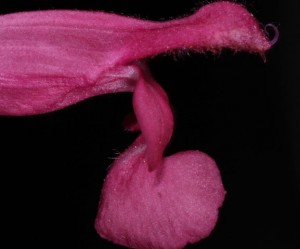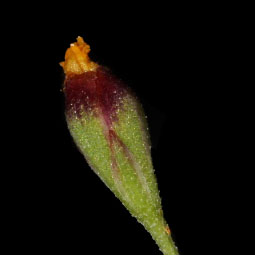Ed and I were walking along the Oracle Ridge Trail, talking about ways of achieving peace of mind. I mentioned how one of the simplest ways to do that is to live in the present. If we can do that we avoid much of the negativity associated with regret of the past, and dread of the future. He mentioned that our nature hikes help to keep us in the present, since we are constantly tuned in to the things in our environment. It was a good thought, and helped to explain why I am mostly in bliss when I am on the trail. I have been on about 120 nature walks in the last nine months, and have found that there is always something to fascinate and please.
Here are some recent gifts:
A brief and pleasant encounter with a rattle snake in the Bug Spring Trail parking lot. The snake even moved out of the vegetation and posed on the paved surface. A real beauty. Just nearby I saw a lizard, and felt like giving it a warning about the snake. Then I rethought my plan, and considered alerting the rattlesnake that there was a meal near by. This reminded me of the time when I was a young boy, and a bunch of us were walking along the tracks by the Penepac Creek in Eastern Pennsylvania. We noticed a snake just starting to swallow a frog. We were indignant, and pulled the frog from its mouth just in time. We thought we were doing good. But who were we to take sides? I realized that this new situation was similar, and I just had to step back and let nature take its course 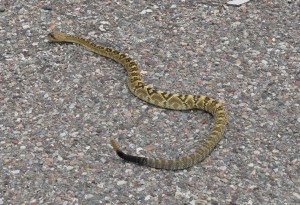
Black-tailed rattlesnake Crotalus molossus
On a nature walk south of the Santa Rita mountains we came across an especially spectacular caterpillar. There were three of them on the stem of an Ocotillo (Fouquieria splendens) which seems to be its favorite food plant. 
Silk worm larva
Eupackardia calleta
Ocotillo – Fouquieria splendens
A more recent walk took us to see the rare (at least in this part of Arizona) and beautiful Pigeon berry. Many in our group had never seen it before. I was able to photograph the plant, and close in on its soft pink flowers. 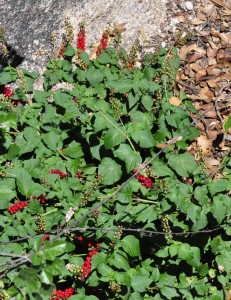
Pigeon berry or rouge plant – Rivina humilis
Part of the flowering head
A close-up of an individual flower
Jim and I spent the best part of a day exploring grasses. I added sixteen to my list of ones that I have photographed, including this little beauty, Fluff-grass, another gift of nature.
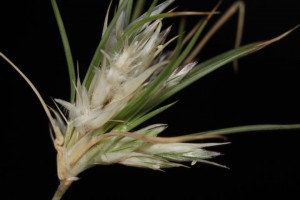
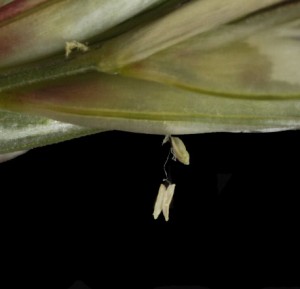 Fluff grass – Erioneuron pulchellum
Fluff grass – Erioneuron pulchellum
A close up of one of the heads
The tiny anther

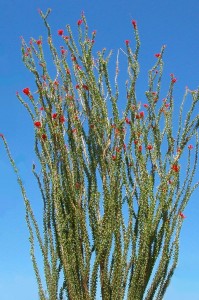
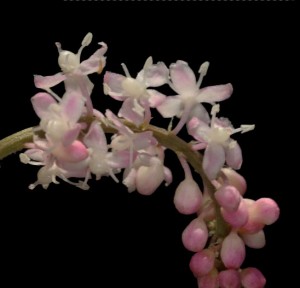
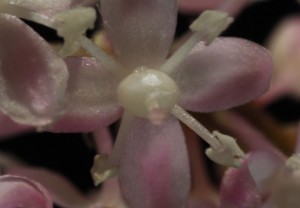
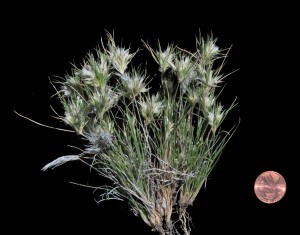
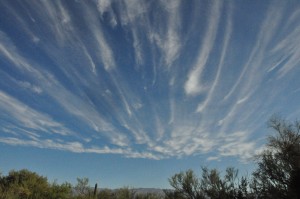
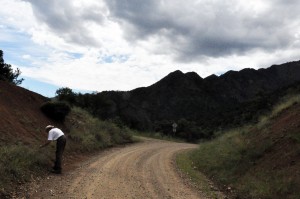
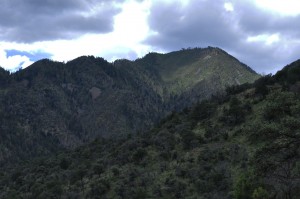 .
.